Double Beam Cart with Gears GT-DB
Item number: 1306
The GT-DB series double beam gear trolleys are precisely designed to provide a rated load capacity (W.L.L. – *Working Load Limit*) from 500 kg to 50 tons. Designed for precise positioning or smooth movement of heavy loads, they can be used with manual or electric hoists.
Features
- Double beam design for greater safety: Increases structural integrity to ensure the safe handling of heavy loads.
- Anti-fall protectors: They prevent damage to the wheels and ensure safety by stopping at the bumpers at the ends of the rail/beam.
- Precision wheels: Mounted on maintenance-free ball bearings for smooth and efficient movement.
- Anti-tip bar: Comes standard on all manual carts for greater safety.
- Permanent lubrication: The ball bearings are permanently lubricated to ensure smooth operation and reduce maintenance.
- Includes manual drive chain: Chain with a standard operating height of 3 meters; custom manual chain lengths are available upon request.
- In compliance with the European Machinery Directive: Fully compliant with the European Machinery Directive 2006/42/EC.
The GT-DB gear trolleys can accommodate a variety of beam widths within the standard (A) or extended (B) ranges by adjusting the number of shims.
Specifications
| Item number | Load capacity | Test load | Beam width (mm) | Dimensions (mm) (approximate) | Net weight (kg) | Product code |
|---|---|---|---|---|---|---|
| GTDB005 | 0.5 t | 7.35 kN | 50-152 | A: 240, B: 290, C: 200, D: 190, E: 108, F: 53 | 10 | 130600500 |
| GTDB010 | 1 t | 14.7 kN | 64-203 | A: 310, B: 395, C: 238, D: 211, E: 115, F: 59 | 16 | 130601000 |
| GTDB020 | 2 t | 29.4 kN | 88-203 | A: 320, B: 425, C: 274, D: 236, E: 130, F: 69 | 23 | 130602000 |
| GTDB030 | 3 t | 44.1 kN | 100-203 | A: 330, B: 435, C: 314, D: 295, E: 164, F: 82 | 35 | 130603000 |
| GTDB050 | 5 t | 73.5 kN | 114-203 | A: 350, B: 450, C: 364, D: 334, E: 177, F: 97 | 51 | 130605000 |
| GTDB100 | 10 t | 147 kN | 124-203 | A: 362, B: 462, C: 480, D: 460, E: 237, F: 130 | 115 | 130610000 |
| GTDB200 | 20 t | 245 kN | 136-203 | A: 392, B: 512, C: 565, D: 495, E: 240, F: 148 | 188 | 130620000 |
| GTDB300 | 30 t | 367.5 kN | 175-305 | A: 512, B: 625, C: 564, D: 258, E: 164, F: 164 | 230 | 130630000 |
| GTDB500 | 50 t | 612.5 kN | 175-305 | A: 512, B: 625 x 2, C: 564, D: 258, E: 164, F: 164 | 610 | 130650000 |
Related products
- Left Lever Handle LH-A
- Beam Clamp BC
- Universal Lifting Clamp ULC
- Chain Section CH-B
Brand: hqlifting
Safe Use of Push/Manual Carts
Manual and Gear H-Lift Carts
Manual and geared trolleys are designed to carry heavy loads along I-beams (I beams) or similar rail systems. The unit consists of a sturdy trolley frame, wheels or rollers, and a suspension system to secure the load.
Simple Carts:
Simple carts are more suitable for occasional movements or short distances. Due to the effort required for manual operation, it is recommended to limit the maximum load capacity of simple carts to 3 tons (3000 kg). Additionally, the beam height should not exceed 6 meters above the operator's level.
Chain-Driven Gear Carts:
Chain-driven gear trolleys are ideal for infrequent movements or short distances, especially when a simple trolley is not suitable due to the load or beam height. This type of trolley offers excellent load positioning control. By pulling the manual chain, the operator engages a gear or sprocket that, in turn, moves the trolley wheels. It is recommended that manually operated chain trolleys be used for:
- Load capacities over 3 tons (3000 kg)
- Beam heights over 6 meters above the operator's level
- Precise load positioning
The carts can be pushed manually along the track or can be equipped with a gear system to assist in moving heavier loads. The gear system allows the operator to turn a crank or use a motor to move the cart along the track with ease.
Applications and Industries:
Manual and gear carts are widely used in various industries, such as manufacturing, construction, and warehousing, to move heavy loads, such as machines, equipment, and materials. They are particularly useful in areas where the installation of an overhead crane is not feasible or practical.
How It Works:
To use a manual or geared trolley, secure the load to the trolley using a suspension system, such as chains or slings.
Features and Benefits:
Manual and gear carts are available in various sizes and load capacities to meet a wide range of applications. Some models include additional features, such as adjustable width, derailment safety systems, and much more, to enhance safety and stability.
Important Safety Guidelines:
- Always store and handle the carts with caution.
- Inspect the carts, hoists, and accessories before use and when storing them.
- Check if the wheel profile is in good condition.
Cart Manual
Safety Guidelines
Requirements:
- Select the appropriate cart for the track.
- Check if the cart width is adjusted to the rail.
- The rail must have stops.
- When using a push/pull cart, push the load, do not pull it.
Prohibitions:
- Do not expose the cart to chemicals, especially acids, without consulting the supplier.
- Never force the cart hook onto the load bar.
- Do not throw or drop the cart.
- Do not expose the cart directly to weather, mist, steam, etc., without consulting the supplier.
- Do not use damaged carts or carts with broken flanges.
- Do not apply inclined side load to the cart.
How to Choose the Right Cart
The carts are available in various capacities, with load bars or eye bolts, or integrated with hoists. Movement can be manual (push/pull or chain) or motorized. When choosing a cart, consider:
- Capacity and type: loading bar/eye or suspension integrated into the hoist.
- Displacement: manual (push/pull or chain) or motorized.
- Type of hoist.
- Size and profile of the rail.
If the cart is used in hazardous areas, exposed to water, steam, hazardous materials, or extreme temperatures, consult the supplier.
Storage and Handling of Carts
When storing the trolleys separately from the hoists, protect them against damage and corrosion. If the trolleys are removed for storage, follow these instructions:
- Do not store damaged carts. Make sure they are dry, clean, and protected against corrosion.
- Store the carts in a dry and clean place.
- Remove chains, suspended power controls, etc., label them and store them separately.
- Do not throw or drop the carts.
Installation and Adjustments
Follow the installation instructions from the supplier and the hoist. Special attention to:
- The track must be level, with a smooth surface and stops that engage with the cart frame or the wheel.
- Adjust the width of the cart and distribute the shim washers evenly.
- The wheel profile must match the rail and the anti-tilt devices must be adjusted.
- If the cart has been disassembled, check the correct assembly of all parts.
- Check if screws, nuts, etc., are in place and tightened. Reinstall the stoppers if removed.
Safe Use of Strollers
The safety of the cart depends on the hoist. Safety measures:
- Do not use defective carts, hoists, or accessories.
- The cart must be directly above the load's center of gravity. Do not use under other conditions.
Product Safety Guide
Safe Operation of the Lift Cart
Never load the cart sideways at an angle, as this can cause it to tip over, damaging the rail or causing the risk of the cart coming loose and falling. When operating a push/pull cart, always push rather than pull the suspended load and be careful to prevent the load from swinging.
Inspection and Maintenance in Use
Maintenance can be combined with regular maintenance during scheduled stops, but it must be ensured that the cart is kept clean and its moving parts are regularly lubricated. The rolling surfaces of the wheels and the contact surfaces with the rail must be kept clean and free of contaminants, including lubricants.
The cart must be inspected regularly and, if any of the following problems are found, it should be sent to a qualified professional for a complete inspection:
- Wear of parts:
- Damage to the tread or the flange (side lip) of the wheel:
- Loose or poorly secured axle wheels and pins:
- Loose nuts:
- Side plates, load bars, or suspension mounting points deformed:
- Damaged or worn wire:
- Defect in the controls:
- Worn, chipped, or broken drive gears:
- Illegible identifications:

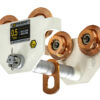
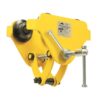




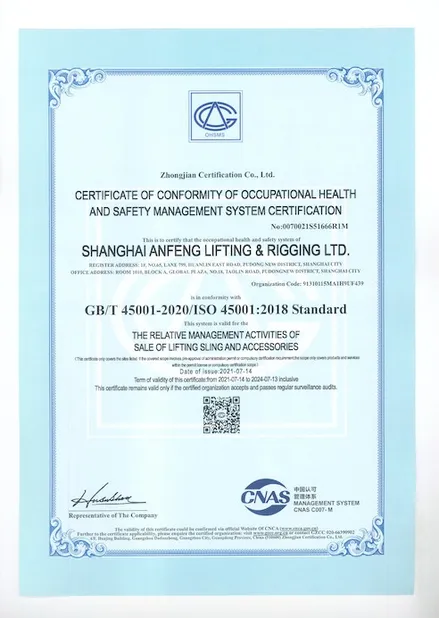
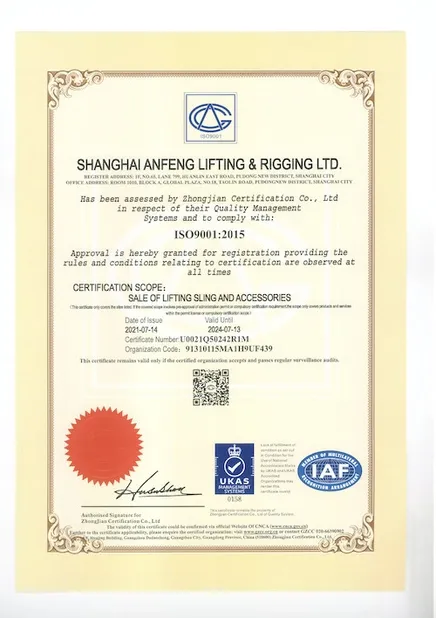
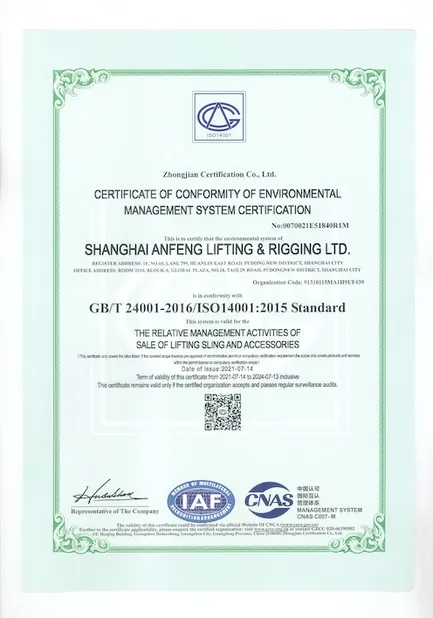


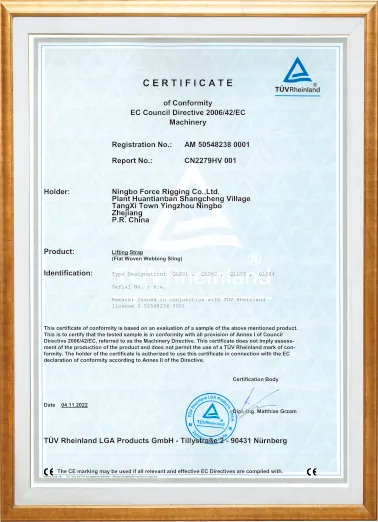
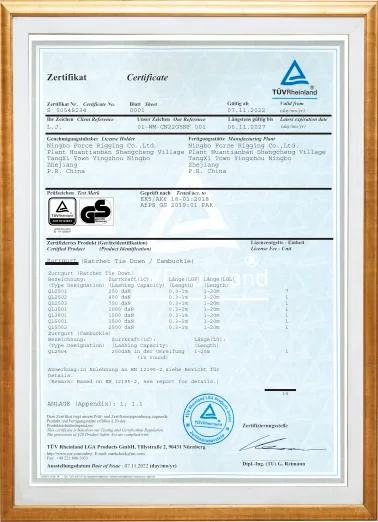
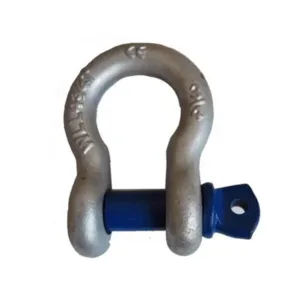
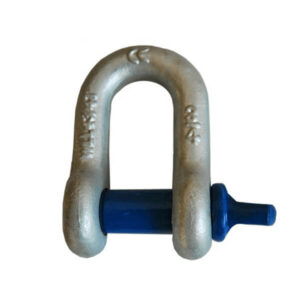
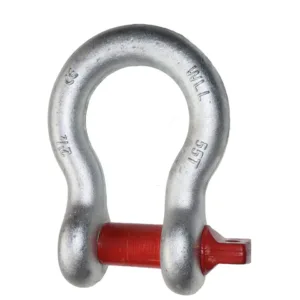
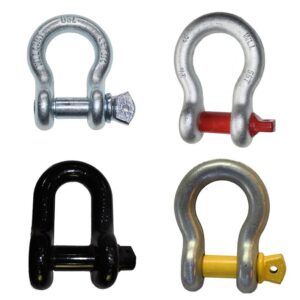

Reviews
There are no reviews yet.